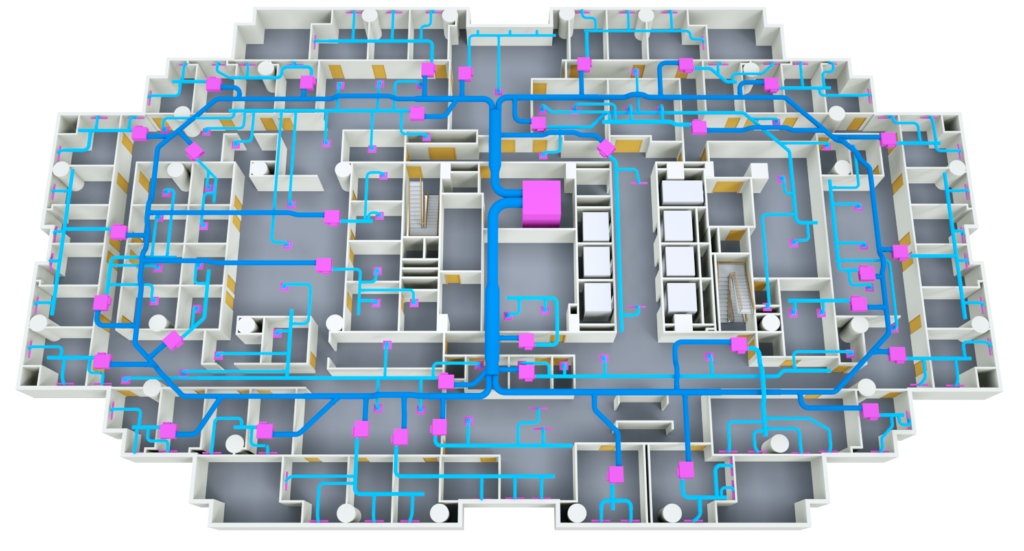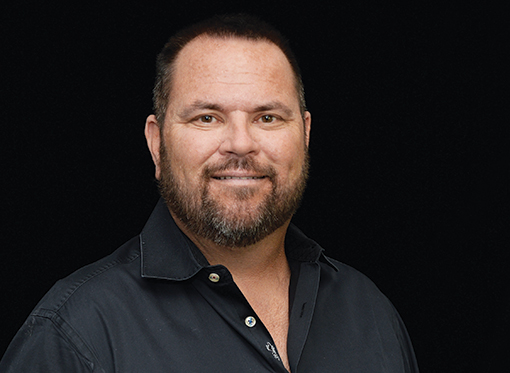Change orders during Building Automation System (BAS) graphics projects often prove frustrating and costly. Frequently, these arise from incomplete project specifications at the beginning or shifts in client requirements mid-stream. Fortunately, many such issues can be prevented.
Companies specializing in BAS User Interface (UI) design, like QA Graphics with nearly two decades of experience, understand this challenge well. Their work is often supported by extensive time-tracking data. When provided assets are precise and complete, the project quotes typically reflect that accuracy. These studios often operate on a high-volume basis where time management is crucial—preserving efficiency enables them to maintain profitability while keeping project costs manageable for their clients.
No design firm is perfect, and clients aren’t expected to be either. However, reputable firms usually take responsibility when an error originates on their side and will correct it without incurring extra charges for the client.
Here are some established best practices clients can follow to help avoid unnecessary change orders when working with BAS graphics providers:
- Define and articulate project needs clearly from the outset.
- Confirm that all assets and details are correct and comprehensive prior to starting the project.
- Address potential changes initiated by clients early on to set realistic expectations.
- Keep lines of communication open with the design team to prevent unexpected issues.
When preparing assets and project information for a BAS graphics provider like QA Graphics, consider the following:
- Provide thorough project assets and specify requirements clearly. If submitting multiple files (e.g., architectural vs. mechanical documents), indicate which file is most reliable for layout purposes. If an update to a suite should be incorporated, make sure to highlight that.
- Employ markups on floorplans or diagrams to denote areas requiring modification or where specific zones need identification.
- Should a client have a particular rendering style preference that isn’t a standard offering, provide a sample to help the graphics provider meet those expectations.
- Ensure an up-to-date quote accompanies assets submitted for approval, helping to align expectations and timelines accurately.
- Thoroughly examine the scope of work provided by the graphics firm. If ambiguities exist, requesting a clarification meeting is advisable. Identifying potential issues early is preferable to making revisions later.
- Ask for submittals or proof-of-concepts early in the timeline—whether for system graphics, multi-unit interface (MUI) graphics, or other deliverables. Present these to end-clients for input before production advances significantly.
- Ensure the project database is finalized before production commences. Modifying points (adding, removing, moving) post-commencement frequently necessitates rebinding work, potentially leading to extra charges.
Adopting these proactive measures helps diminish the risk of change orders and contributes to a smoother project execution from beginning to end.



